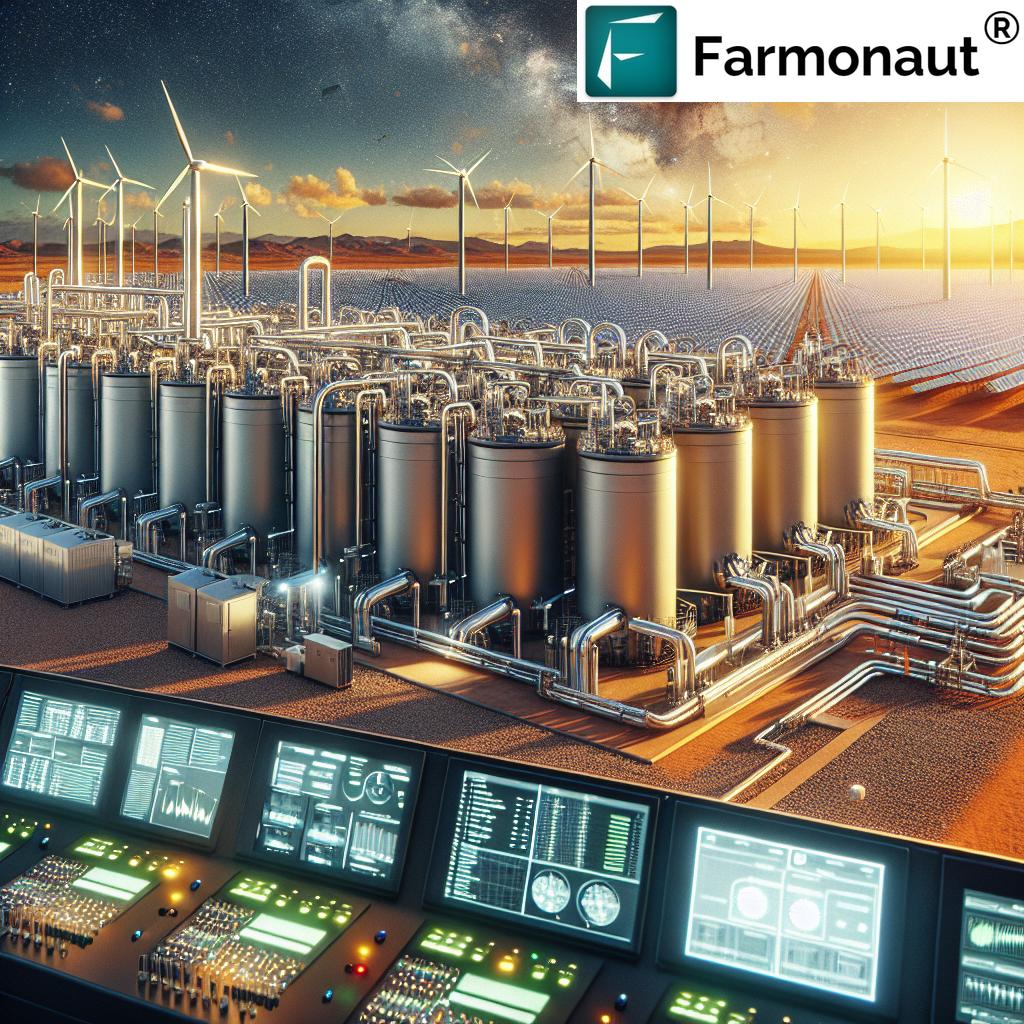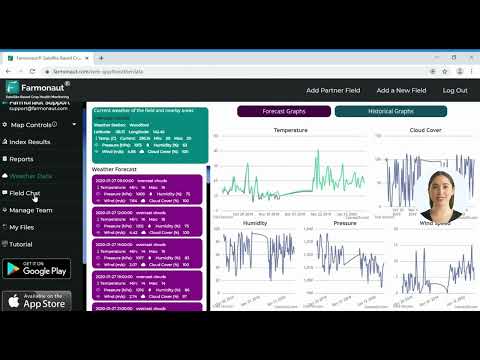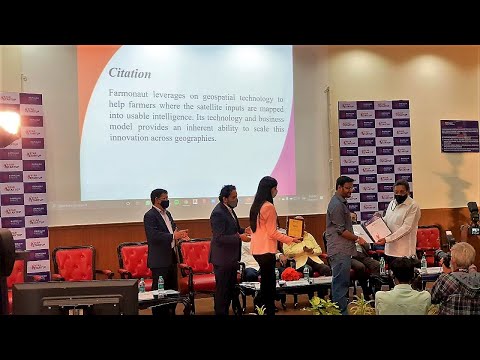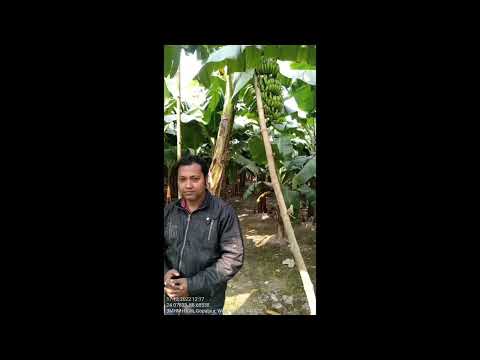Revolutionizing Australia’s Energy Future: Innovative Vanadium Flow Battery Systems for Sustainable Power Storage
“Vanadium flow batteries can store up to 100 times more energy than traditional lithium-ion batteries.”
In the ever-evolving landscape of renewable energy, we are witnessing a revolutionary shift in Australia’s approach to power storage. As we delve into the world of innovative energy solutions, we find ourselves at the forefront of a groundbreaking initiative that promises to reshape the future of sustainable power in the land down under. Welcome to the era of vanadium flow battery systems, a technology that’s set to transform Australia’s energy market and pave the way for a greener, more sustainable future.
The Dawn of a New Energy Era
Australia, with its vast landscapes and abundant natural resources, has long been poised for a renewable energy revolution. As we continue to harness the power of the sun and wind, the need for efficient and reliable energy storage solutions has become increasingly apparent. Enter the vanadium flow battery (VFB) system – a game-changing technology that’s capturing the attention of energy experts and environmentalists alike.
At the heart of this innovation is Project Lumina, a collaborative effort between Australian Vanadium (AVL) and CellCube. This project aims to develop a VFB system tailored specifically for the Australian energy market, addressing the unique challenges and opportunities presented by our diverse climate and geography.

Understanding Vanadium Flow Battery Technology
Before we dive deeper into the implications of this project for Australia’s energy future, let’s take a moment to understand what makes vanadium flow batteries so special. VFBs are a type of rechargeable flow battery that employs vanadium ions in different oxidation states to store chemical potential energy. Unlike traditional batteries, VFBs store their reactive materials in external tanks and pump them through a stack of power cells when electricity is needed.
The key advantages of VFB systems include:
- Long lifespan with minimal degradation
- Ability to store large amounts of energy
- Quick response times
- Scalability for various applications
- Lower environmental impact compared to other battery technologies
These characteristics make VFBs particularly suitable for renewable energy storage, where the ability to handle intermittent power sources like solar and wind is crucial.
Project Lumina: Illuminating Australia’s Energy Storage Solutions
Project Lumina is more than just a technological endeavor; it’s a vision for a sustainable energy future. By focusing on local manufacturing and collaborating with engineering and construction contractors, this initiative is not only addressing Australia’s energy needs but also boosting the domestic economy.
The project’s goals include:
- Developing a VFB system optimized for Australian conditions
- Establishing local manufacturing capabilities
- Creating jobs in the renewable energy sector
- Enhancing Australia’s energy independence
- Supporting the transition to a low-carbon economy
VSUN, a subsidiary of AVL, emphasizes that the technology being employed in Project Lumina aligns closely with existing market solutions. This positioning ensures that the VFB system will be competitive and adaptable to local conditions, making it an attractive option for various energy storage applications across Australia.
The Role of Vanadium in Energy Storage
Vanadium, a silvery-grey metallic element, is the unsung hero of this energy revolution. Its unique properties make it ideal for use in flow batteries. In a VFB system, vanadium is used in both the positive and negative electrolyte solutions, which simplifies the battery design and extends its lifespan.
The benefits of using vanadium in energy storage include:
- High energy density
- Excellent cycling capabilities
- Low self-discharge rates
- Ability to operate at room temperature
- Non-flammable and non-explosive nature
These characteristics make vanadium flow batteries an excellent choice for large-scale energy storage, particularly in the context of renewable energy integration.
Collaboration: The Key to Innovation
The success of Project Lumina hinges on the power of collaboration. By bringing together experts from various fields, including engineering, construction, and energy technology, the project is fostering an environment of innovation and knowledge sharing.
Key aspects of this collaboration include:
- Sharing of expertise across different domains
- Leveraging local knowledge and international best practices
- Adapting global technology to suit Australian conditions
- Creating a network of skilled professionals in the renewable energy sector
This collaborative approach ensures that the VFB system developed under Project Lumina will be robust, efficient, and tailored to meet the specific needs of the Australian energy market.
Local Manufacturing: Powering the Australian Economy
One of the most exciting aspects of Project Lumina is its focus on local manufacturing. By producing VFB systems within Australia, the project is set to create jobs, stimulate economic growth, and reduce reliance on imported energy technologies.
The benefits of local manufacturing include:
- Job creation in the renewable energy sector
- Development of local expertise in advanced energy technologies
- Reduced transportation costs and carbon footprint
- Increased energy security and independence
- Potential for export opportunities in the future
This “Made in Australia” approach aligns with government policies that support local industry and sustainability efforts, potentially giving Project Lumina a competitive edge in procurement processes.
Addressing the Challenges of Renewable Energy Integration
As Australia continues its transition towards renewable energy sources, the need for effective energy storage solutions becomes increasingly critical. Vanadium flow battery systems offer a promising solution to the challenges posed by intermittent energy sources like solar and wind.
VFB systems can help address these challenges by:
- Smoothing out power fluctuations from renewable sources
- Providing backup power during periods of low generation
- Enabling load shifting to optimize energy use
- Improving grid stability and reliability
- Reducing the need for fossil fuel-based peaker plants
By incorporating VFB technology into Australia’s energy infrastructure, we can create a more resilient and sustainable power grid that can effectively harness the full potential of renewable energy sources.

The Australian Energy Market: Ripe for Innovation
Australia’s energy market is undergoing a significant transformation, driven by the need to reduce carbon emissions and increase energy security. This transition presents a unique opportunity for innovative technologies like vanadium flow batteries to make a substantial impact.
“Australia aims to generate 50% of its electricity from renewable sources by 2030, driving demand for advanced energy storage.”
Key factors shaping the Australian energy market include:
- Increasing adoption of renewable energy sources
- Growing demand for reliable energy storage solutions
- Government policies supporting clean energy initiatives
- Rising electricity prices driving interest in alternative energy solutions
- The need for grid stabilization and reliability improvements
Project Lumina’s VFB system is well-positioned to address these market dynamics, offering a scalable and efficient solution that aligns with Australia’s energy transition goals.
Comparing Energy Storage Solutions
To better understand the advantages of vanadium flow battery systems, let’s compare them to other energy storage solutions currently available in the market:
| Features | Vanadium Flow Batteries | Lithium-Ion Batteries | Pumped Hydro Storage |
|---|---|---|---|
| Scalability | Highly scalable | Limited scalability | Large-scale only |
| Lifespan | 20+ years | 5-10 years | 50+ years |
| Environmental Impact | Low | Moderate | Moderate to High |
| Cost-effectiveness | High for long-duration storage | High for short-duration storage | Variable, site-dependent |
| Performance in Australian Climate | Excellent | Good, but affected by extreme temperatures | Dependent on water availability |
As we can see, vanadium flow batteries offer several advantages, particularly in terms of scalability, lifespan, and performance in Australian conditions. These factors make them an attractive option for large-scale energy storage applications in the country.
The Future of Energy Storage in Australia
As we look towards the future, it’s clear that energy storage will play a crucial role in Australia’s renewable energy landscape. Project Lumina and the development of vanadium flow battery systems represent a significant step forward in this journey.
Some potential applications and benefits of VFB technology in Australia include:
- Grid-scale energy storage for load balancing and peak shaving
- Microgrids for remote communities and mining operations
- Backup power systems for critical infrastructure
- Integration with large-scale solar and wind farms
- Electric vehicle charging infrastructure support
By investing in and developing this technology, Australia is positioning itself as a leader in sustainable energy solutions, paving the way for a cleaner, more resilient energy future.
Environmental and Economic Impacts
The adoption of vanadium flow battery systems in Australia has the potential to bring about significant environmental and economic benefits:
Environmental Benefits
- Reduced carbon emissions through increased renewable energy integration
- Minimal environmental impact compared to other battery technologies
- Potential for recycling and reuse of vanadium electrolyte
- Decreased reliance on fossil fuels for energy production
Economic Benefits
- Job creation in manufacturing, engineering, and construction sectors
- Reduced electricity costs through improved grid efficiency
- Potential for export of VFB technology and expertise
- Increased energy security and reduced dependence on energy imports
These impacts underscore the importance of initiatives like Project Lumina in shaping a sustainable and prosperous future for Australia.
Challenges and Opportunities
While the potential of vanadium flow battery systems is immense, there are also challenges to overcome:
Challenges
- Initial high capital costs compared to some traditional energy storage solutions
- Need for education and awareness about VFB technology
- Ensuring a stable supply of vanadium for large-scale deployment
- Integrating VFB systems with existing grid infrastructure
Opportunities
- Potential for cost reductions through economies of scale and technological advancements
- Development of a skilled workforce in advanced energy technologies
- Establishment of Australia as a global leader in VFB technology
- Creation of new business models around energy storage and grid services
By addressing these challenges and capitalizing on the opportunities, Australia can fully harness the benefits of vanadium flow battery technology.
Conclusion: Powering Australia’s Sustainable Future
As we conclude our exploration of vanadium flow battery systems and their potential to revolutionize Australia’s energy future, it’s clear that we stand on the brink of an exciting new era in sustainable power storage. Project Lumina represents not just a technological advancement, but a vision for a cleaner, more resilient, and more prosperous Australia.
By embracing innovation, fostering collaboration, and investing in local manufacturing, we are laying the foundation for a sustainable energy infrastructure that will benefit generations to come. The journey towards a renewable energy future is complex, but with solutions like vanadium flow batteries, we are well-equipped to meet the challenges ahead.
As we move forward, let us remember that the transition to sustainable energy is not just about technology – it’s about creating a better future for our planet and our communities. With each step we take towards innovative energy storage solutions, we are building a legacy of environmental stewardship and economic prosperity that will define Australia’s role in the global fight against climate change.
The future of energy in Australia is bright, and with vanadium flow battery systems leading the charge, we are well on our way to a sustainable, renewable, and resilient energy landscape. Let’s embrace this technology and the opportunities it brings, as we work together to power Australia’s sustainable future.
FAQs
- What are vanadium flow batteries?
Vanadium flow batteries are a type of rechargeable battery that uses vanadium ions in different oxidation states to store chemical potential energy. They are known for their long lifespan, scalability, and ability to store large amounts of energy. - How do vanadium flow batteries compare to lithium-ion batteries?
Vanadium flow batteries have a longer lifespan, are more scalable, and have lower environmental impact compared to lithium-ion batteries. However, lithium-ion batteries are currently more compact and have higher energy density for smaller applications. - What is Project Lumina?
Project Lumina is a collaborative initiative between Australian Vanadium (AVL) and CellCube to develop a vanadium flow battery system tailored for the Australian energy market, focusing on local manufacturing and sustainable power storage solutions. - How will vanadium flow batteries benefit Australia’s renewable energy sector?
Vanadium flow batteries can help integrate intermittent renewable energy sources like solar and wind by providing large-scale, long-duration energy storage. This can improve grid stability, reduce reliance on fossil fuels, and support Australia’s transition to renewable energy. - Are vanadium flow batteries environmentally friendly?
Yes, vanadium flow batteries are considered environmentally friendly. They have a low environmental impact, long lifespan, and the vanadium electrolyte can be recycled and reused, making them a sustainable choice for energy storage.
Explore Farmonaut’s innovative solutions:
For developers: Explore our API and API Developer Docs.
Earn With Farmonaut: Join our affiliate program and earn 20% recurring commission by sharing your promo code and helping farmers save 10%. Onboard 10 Elite farmers monthly to earn a minimum of $148,000 annually—start now and grow your income!







